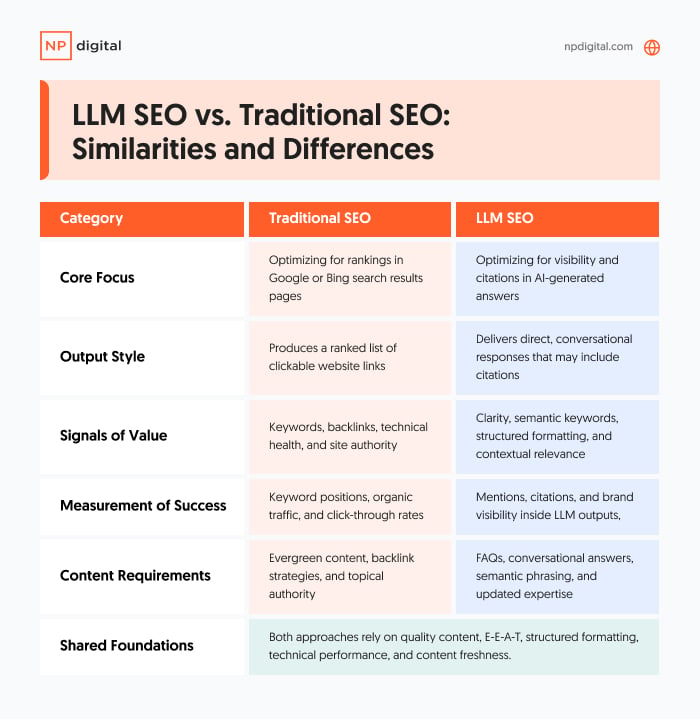Op-ed: Here's how to make healthy open enrollment decisions as a couple
Regardless of when enrollment windows open or close, you can have big-picture conversations as a couple to set the stage for informed decision-making.

Andreswd | E+ | Getty Images
Open enrollment season can be a whirlwind for anyone. Being in a relationship adds an extra layer of complexity, especially when your workplace enrollment windows don't align.
Conflicting deadlines, varying benefits options and differing risk appetites make it challenging for couples to coordinate their choices.
However, you can make sure your benefits decisions complement one another to create a full program that suits everyone's needs. You just need to time it, talk it through, and know when to seek support. Here's how.
Start early
The first key to navigating open enrollment together is communicating early.
Don't wait until the last minute to discuss your benefits options. When people wait too long, they end up needing to rely on assumptions, because they can't get the information they need in time. If one of your enrollment deadlines approaches right when the other's enrollment window opens, reach out to the latter's enrollment team for those options in the second window as soon as possible.
Sometimes, employers only make snapshots of plans readily accessible online, and you have to request complete copies of the plans to have all of the information. When you're making comparisons, you want to have as many details as possible.
More from CNBC's Advisor Council
The good thing is, regardless of when enrollment windows open or close, you can have big-picture conversations as a couple to set the stage for informed decision-making.
Ask each other the following questions:
Have there been any major changes in your personal or financial situations this year? (Things like, you're planning to have a child, have surgery, purchase a home, manage a new debt, etc.)Do either of you have new health and wellness needs or goals to consider?What are your long-term financial goals, and how can your benefits help you achieve them?By getting on the same page early, you'll be better equipped to make thoughtful decisions around your benefits that reflect your shared priorities.
Understand each other's benefits options
Understanding what's available to each of you is critical to coordinating your benefits effectively. Many workplaces offer a wide array of options, from health insurance to retirement contributions, disability coverage and even wellness programs. Comparing these benefits side by side will allow you to determine which ones make the most sense for your household.
Start by getting all the relevant documents for your and your partner's benefits offerings. This might include your benefits guide, summary plan descriptions and any other detailed documents your employers provide. Like we mentioned above, this may require you to proactively ask for more information sooner from one of your employers. Hopefully, they'll be able to provide you something or at least address your request first when the options are finalized.
Then, create a benefits inventory by listing out the options available to both of you. Include details for: upfront costs (like deductibles), recurring costs (like payroll deductions for your health insurance premiums and retirement contributions), limits of coverage and benefits (not just dollar amounts but in- and out-of-network coverage) and how much your employers contribute to your health and retirement plans.
Sometimes, the better option is obvious. But often, you're not making apples-to-apples comparisons, because employers and organizations have different objectives that reflect in their offerings. You need to assess them in the context of what works best for your family to find the right answer for you.
Develop a holistic strategy for your benefits
Portra | Digitalvision | Getty Images
After you have gathered all your benefits information, it's time to develop a strategy. Even if your enrollment windows are different, you should create a cohesive plan by considering both of your options together. It's worth mentioning that some benefits, like disability insurance, are just for the individual enrollee and might not require much thinking beyond whether one partner wants to participate or not. However, other benefits such as medical, vision, dental and life insurance may offer coverage for more than one person and should be considered together.
Decide which benefits are most important to you and your partner. For many people, major medical insurance is typically the most important benefit because it offsets the risk of the highest health care costs and provides access to necessary medical care you may need throughout the year.
Make sure you are aware of your employer subsidies in play. Some employers, for example, pay for some or all of the health insurance premiums for their employees. They may or may not extend that to spousal or family coverage, though. You want to take advantage of as many employer subsidies as you can, so depending on how they break out, you and your partner might want to enroll in separate plans.
You should also consider how each of you view risk. In the context of insurance, it's hard to conclude which options work best for you without understanding how you feel about handling certain situations when they occur. For example, do you like having access to many medical specialists throughout the year, or do you barely go to the doctor and prefer a "wait and see" approach?
Selecting more comprehensive health insurance offsets the financial risks of medical care, but there's an emotional component, too. Do you feel better knowing you have more coverage in the event of an emergency? That matters.
Review and adjust annually
Even if you lined up everything perfectly last year, it's critical to review your benefits every year. Lives change, jobs change, your finances change.
At least twice a year, discuss benefits in your regular money meetings as a couple. Talk about whether they feel like enough or too much, whether they've made cash feel tight, or any other concerns you may have about your current strategy. This way, you know whether you're going into your next enrollment season with changes to make and can be proactive instead of reactive to get what you need.
Seek professional guidance if needed
If you're feeling overwhelmed by the process, don't hesitate to seek professional help. Financial advisors, benefits specialists, and even your human resources department can provide good insights into your options and help you make the best choices for your situation. Some advisors specialize in working with couples and can help you coordinate your benefits strategies in a way that aligns with your broader financial goals.
Coordinating open enrollment decisions as a couple can be challenging, but it can also serve as an opportunity to strengthen your partnership. By communicating openly, understanding each other's options, and creating a shared strategy, you can make sure that your benefits work in harmony regardless of when your enrollment windows open and close.
— By Douglas and Heather Boneparth of The Joint Account, a money newsletter for couples. Douglas is a certified financial planner and the president of Bone Fide Wealth in New York City. Heather, an attorney, is the firm's director of business and legal affairs. Douglas is also a member of the CNBC Financial Advisor Council.

 Kass
Kass 
























.jpg&h=630&w=1200&q=100&v=f776164e2b&c=1)






